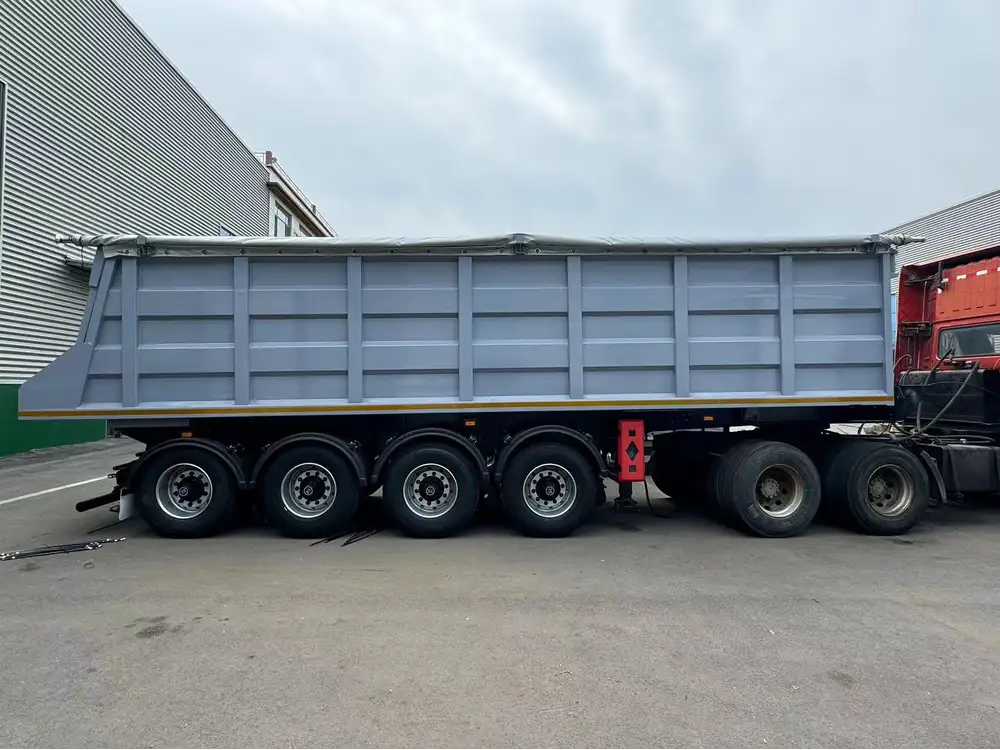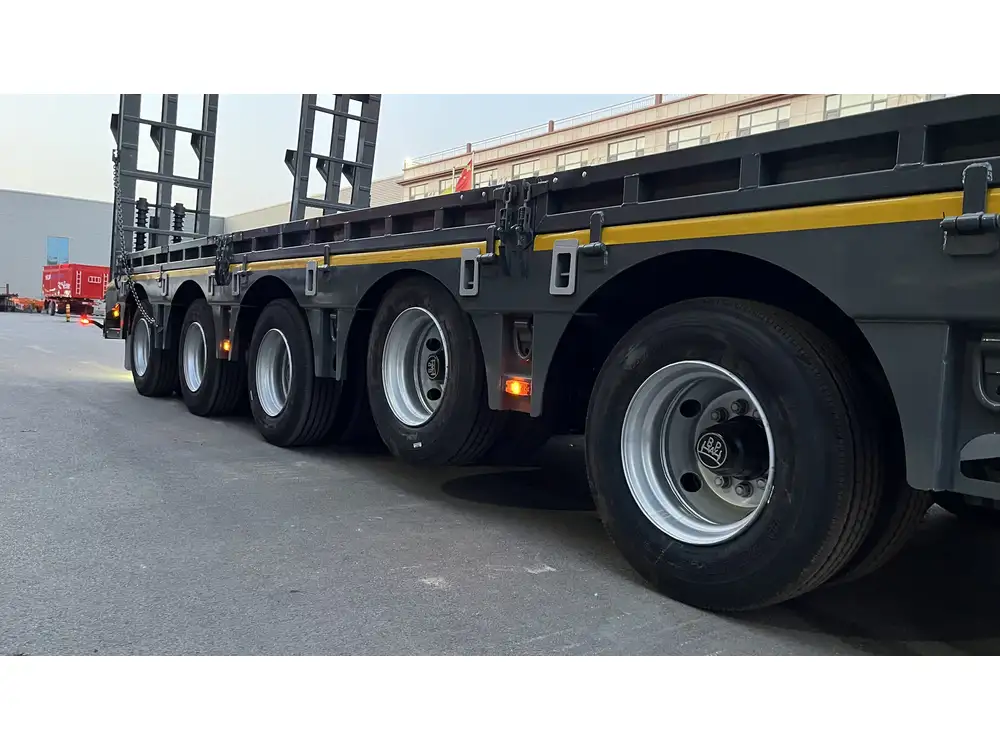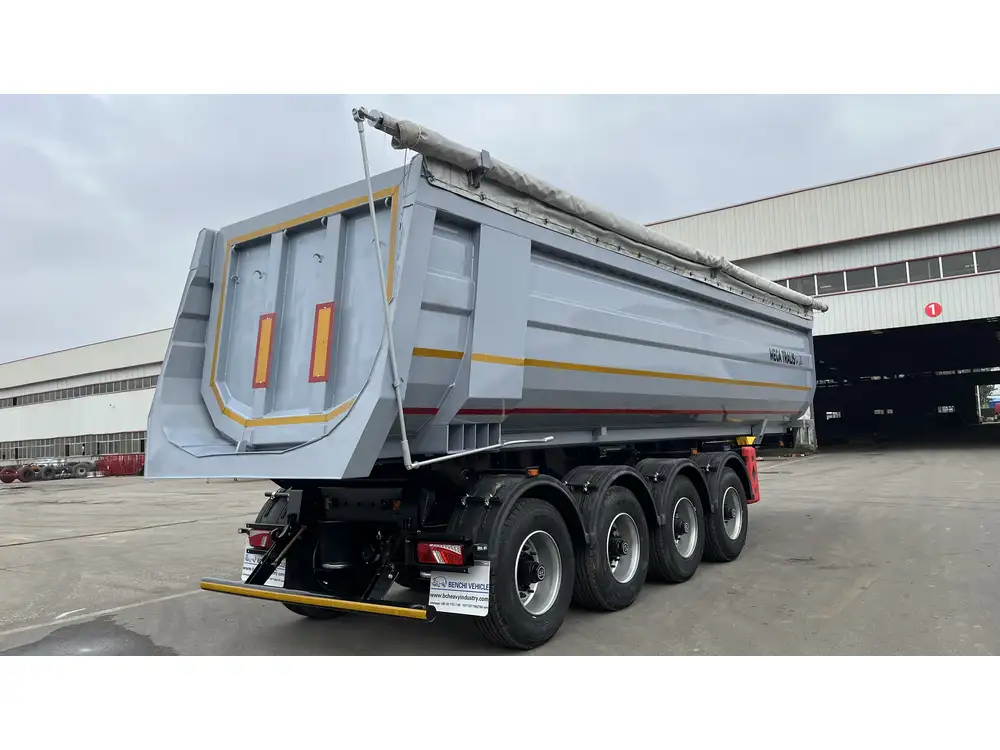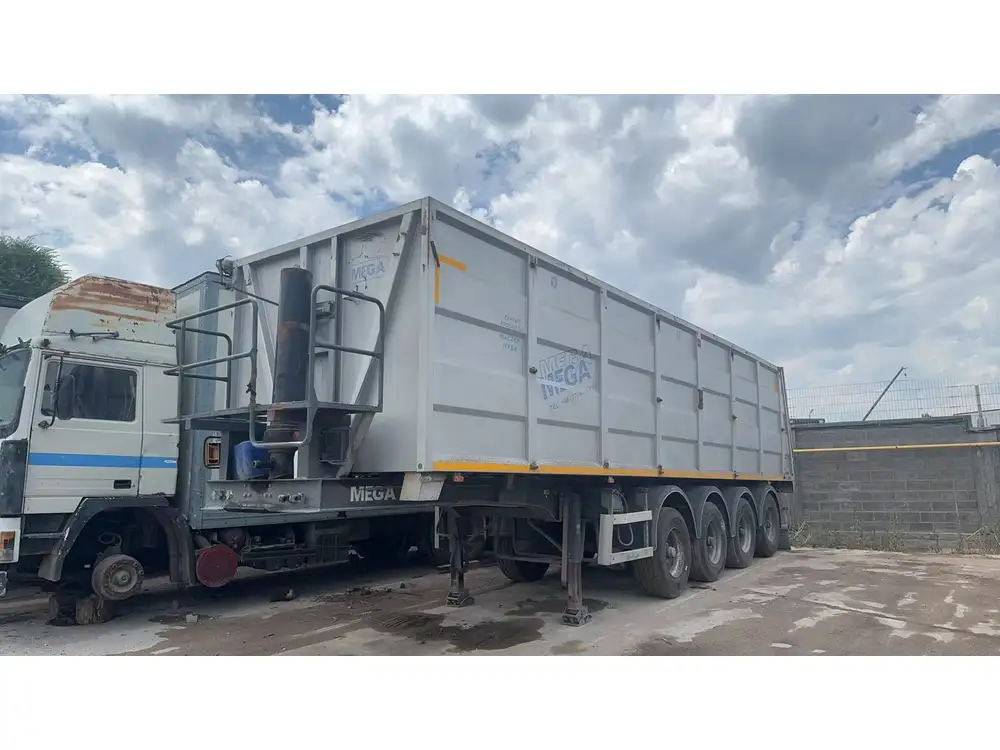In the world of automotive incidents, occurrences involving passenger vehicles and large trucks can be both perplexing and tragic. This article delves into the specifics surrounding the curious case of how a Honda Fit could end up wedged beneath a semi-truck trailer. By exploring factors such as design attributes, the physics of collisions, and safety considerations, we aim to provide a comprehensive understanding, while also addressing user concerns regarding safety on highways.
Understanding the Vehicles Involved
The Honda Fit: A Compact Overview
The Honda Fit, known for its compact size and remarkable fuel efficiency, is a subcompact car that has gained popularity for urban commuting and as a practical family car. Key attributes include:
- Size and Weight: The Honda Fit typically weighs around 2,700 pounds (about 1,225 kg) and has compact dimensions, making it agile in city driving but vulnerable in collisions with larger vehicles.
- Height and Clearance: Standing approximately 60 inches (1.53 meters) tall, the Fit has a low profile which influences its dynamics when interacting with larger vehicles, such as semi-trucks.

The Semi Truck: A Towering Beast
In contrast, semi-trucks are engineered for heavy loads and long-distance transport. They often possess:
- Weight and Size: Weighing anywhere from 20,000 to 80,000 pounds (around 9,072 to 36,287 kg), a fully loaded semi-truck dwarf a compact car like the Honda Fit.
- Frame and Clearance: With an elevated body and high ground clearance, the bottom of its trailer can be several feet off the ground, creating a risk zone for smaller vehicles.
The Dynamics of Impact: Factors Leading to Entrapment
Collision Scenarios
Understanding how a Honda Fit could end up under a semi truck requires examining various collision scenarios:
- Merging or Lane Changing: If a Honda Fit attempts to merge into a lane occupied by a semi-truck, particularly in a blind spot, a collision may occur, resulting in the smaller vehicle sliding underneath the trailer.
- Stopping Distance: Trucks take significantly longer to come to a halt than smaller vehicles. If a Honda Fit brakes suddenly in front of a truck, insufficient stopping distance can lead to the Fit sliding under the rear of the trailer.
- Impact Angle: The angle at which the vehicles collide dramatically influences the outcome. A direct front-to-side impact could drive the Honda Fit underneath the truck’s trailer due to the differing heights.

Physics of the Incident
The physics of such interactions can be complicated. Key concepts include:
- Momentum: The difference in mass between the vehicles leads to different post-collision trajectories, often propelling the lighter car under the heavier truck.
- Kinetic Energy Transfer: Upon collision, the larger mass (the truck) may not experience a significant velocity change, while the Honda Fit could be forced beneath due to a rapid change in motion direction.
Safety Implications and Preventive Measures
Risk Factors and Safety Features
Understanding how to prevent such incidents is vital. Potential risks include:
- Blind Spots: Semi trucks have larger blind spots compared to standard vehicles, making them less aware of smaller cars around them. Awareness of these zones can aid in avoiding collisions.
- Driver Distraction: Both truck and car drivers face distractions while navigating highways. Maintaining concentration and avoiding electronic distractions can significantly reduce the chance of accidents.

Recommended Safety Practices
- Stay Visible: Honda Fit drivers should strive to remain visible to truck drivers by positioning themselves carefully on the road and using appropriate signaling.
- Maintain Distance: Keeping a safe following distance from trucks gives drivers ample time to react in emergency situations.
- Educate on Truck Dynamics: Drivers should familiarize themselves with how trucks maneuver, such as the longer stopping distances and larger turn radiuses, to remain proactive in avoiding dangerous situations.
Analyzing Real-World Case Studies
Understanding past incidents can provide a deeper insight into how such situations unfold:
Case Study: Highway Incident
In an analyzed case of a Honda Fit becoming wedged beneath a semi truck, the following occurred:
- Incident Location: A busy highway near an exit ramp.
- Time of Day: Evening rush hour.
- Contributing Factors: Heavy traffic, poor visibility due to weather conditions, and driver distraction.

Sequence of Events
- Approach and Merge: The Fit driver attempted to change lanes too close to the truck, not noticing it was encroaching into their lane.
- Collision Dynamics: Upon impact, the Fit’s front end became lodged under the trailer, causing severe structural damage to the car.
- Aftermath: Rescue responders highlighted the urgent need for improved awareness among drivers of both small cars and heavy vehicles to prevent similar occurrences.
Reviewing Accident Trends
A thorough analysis of traffic incident data reveals that:
- Frequency of Cars Under Trucks: Statistics suggest a higher incident rate of light vehicles getting lodged under trucks during specific times of day, particularly during peak traffic hours.
- Survival Rates: Understanding the odds gauges the importance of protecting vulnerable road users like drivers of small cars.
Frequently Asked Questions (FAQs)

Q1: What Should I Do if I’m in an Accident with a Semi Truck?
- Stay Calm: Try to remain calm and ensure your safety and the safety of others in your vehicle.
- Check for Injuries: If anyone is hurt, immediately call 911 for emergency assistance.
- Document the Scene: If safe, record the scene with photos for insurance purposes.
Q2: How Can I Avoid Accidents with Trucks?
- Be Aware of Blind Spots: Always be cognizant of truck blind spots. They are typically larger than those of standard vehicles.
- Use Caution While Merging: Check for large vehicles before changing lanes and ensure there is adequate distance.
Q3: What Are the Legal Ramifications After Such an Accident?
Legal consequences can vary based on state laws, but generally include:
- Insurance Claims: Injuries and damages can often become part of an insurance claim.
- Liability Assessment: Investigations usually determine determining who bears fault, influencing insurance processing.

Conclusion
In summary, the phenomenon of a Honda Fit wedged under a semi-truck trailer encompasses a multitude of factors influenced by vehicle dynamics, driver behavior, and collision physics. The tragic nature of such incidents underscores the necessity for heightened awareness and proactive safety measures on highways to protect all road users. By understanding the complexities involved, drivers can better navigate interactions between large and small vehicles on the roadways, potentially mitigating the risks involved.
We encourage our readers to remain vigilant, educate themselves about road safety involving larger vehicles, and promote safer driving practices across all platforms. Let us work collectively towards making our highways safer for everyone!



